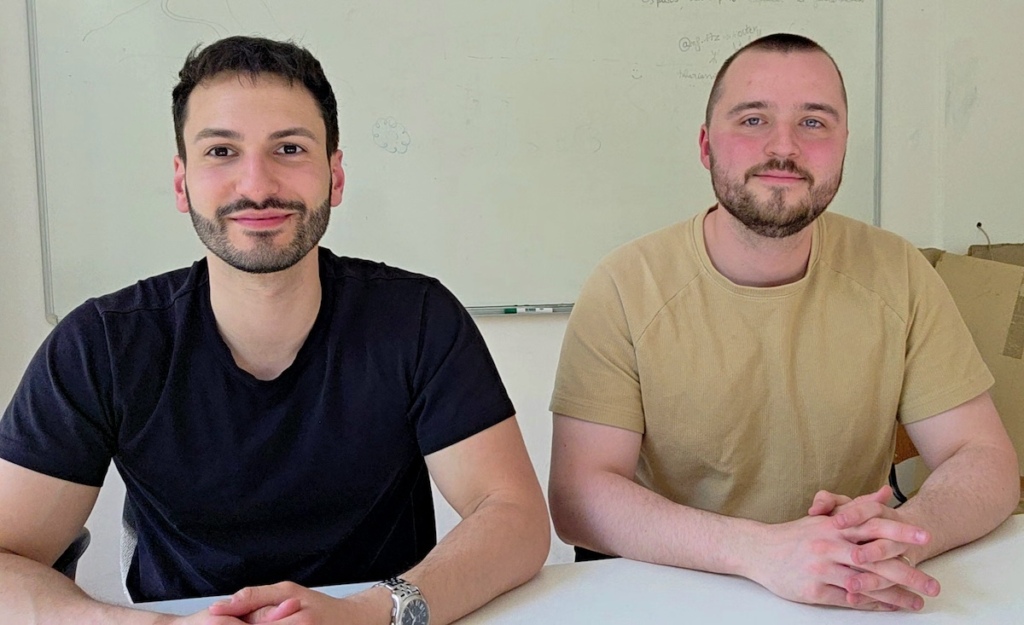
For the estimated 10-15% of menstruating women worldwide who suffer from severe period pain—pain so intense it can cause fainting, hospitalization, and significant disruption to daily life—traditional treatment options often fall short. When medications fail and surgical interventions seem too extreme, these women are left with few alternatives. Belgian startup Mirapulse is developing EVA, a novel solution that could provide relief where standard treatments have failed.
A Personal Mission
Idris Mughal, a business engineer specializing in medical technologies, didn’t stumble upon his work in women’s health by accident. His journey began with witnessing his sister’s debilitating period pain during their youth.
“My sister experienced such severe symptoms that she was confined to home for approximately five days each month,” Mughal explains. This experience sparked a commitment to finding a solution, leading him to develop the initial concept as part of his master’s thesis.
The company’s foundation strengthened when Mughal’s co-founder, Antoine Podvin, joined the venture after witnessing his wife struggle with similar symptoms. This shared understanding of period pain’s impact on loved ones drives the team’s dedication to creating an effective solution for the estimated 70 million women worldwide who suffer from severe pain that doesn’t respond to traditional treatments.
Beyond Traditional Treatments
For most women experiencing menstrual pain, over-the-counter pain medications can provide sufficient relief. However, for approximately 25% of patients, these medications prove ineffective or cause significant side effects. While a typical period lasts 3 to 5 days, for those with conditions like endometriosis, the pain can last longer than 7 days.
“The standard first-line treatments for menstrual pain typically involve anti-inflammatory medications or hormonal interventions,” Mughal notes. “When these approaches prove ineffective, patients may face surgical options such as denervation procedures or, in more severe cases, hysterectomy. Unfortunately, these invasive interventions carry no guarantee of success and can occasionally lead to additional complications.”
EVA aims to fill this treatment gap with a solution that doesn’t require drugs or surgery.
Technology Meets Convenience
The EVA device combines two existing technologies in a novel application: A menstrual disc that collects period flow and intravaginal electrical stimulation that blocks pain signals. This combination addresses both the practical needs of menstruation and the neurological aspects of pain in a single device.
“We selected the menstrual disc format to seamlessly integrate the device into a woman’s existing routine,” Mughal explains. “The design allows for independent insertion and removal without requiring assistance from healthcare providers.”
The mechanism works by using electrical stimulation to block pain signals before they reach the brain, while also boosting endorphins to reduce perceived period pain. In early testing with one patient, a 30-minute treatment initiated a gradual reduction in severe pain, which was completely gone one hour after the session. The pain relief lasted throughout the day, and the patient did not need to take any medication.
What distinguishes EVA from existing neurostimulation products is its intravaginal placement. After consulting with gynecologists about external electrical stimulation devices (like TENS patches), the team learned that these often don’t provide sufficient relief for severe pain cases. Healthcare providers suggested that positioning the stimulation closer to the affected nerves could significantly improve efficacy.
The Path Forward
EVA has filed a patent for their combined technology and received endorsements from patient groups in Europe, along with interest from key opinion leaders in Belgium and beyond. The team has begun development of the silicon device and is conducting preliminary testing with the stimulation technology.
Looking ahead, the company plans to focus on the U.S. market first, targeting FDA approval with commercial availability projected for 2029. Their regulatory and clinical development plan includes further refinement of the silicon prototype, electrode integration, and connection to an existing stimulator designed for pelvic pain. Thus far, the company has been largely self-funded, with only a €20K grant that has supported their research and development efforts.
Mughal emphasizes that the long-term vision includes making the technology accessible through healthcare systems, ensuring that women suffering from debilitating period pain can benefit from this innovation regardless of individual financial circumstances.
For the millions of women whose lives are routinely disrupted by severe period pain, innovations like EVA represent a new approach – one that addresses not only the symptoms but also the practical realities of menstruation, potentially offering relief where traditional options have failed.



